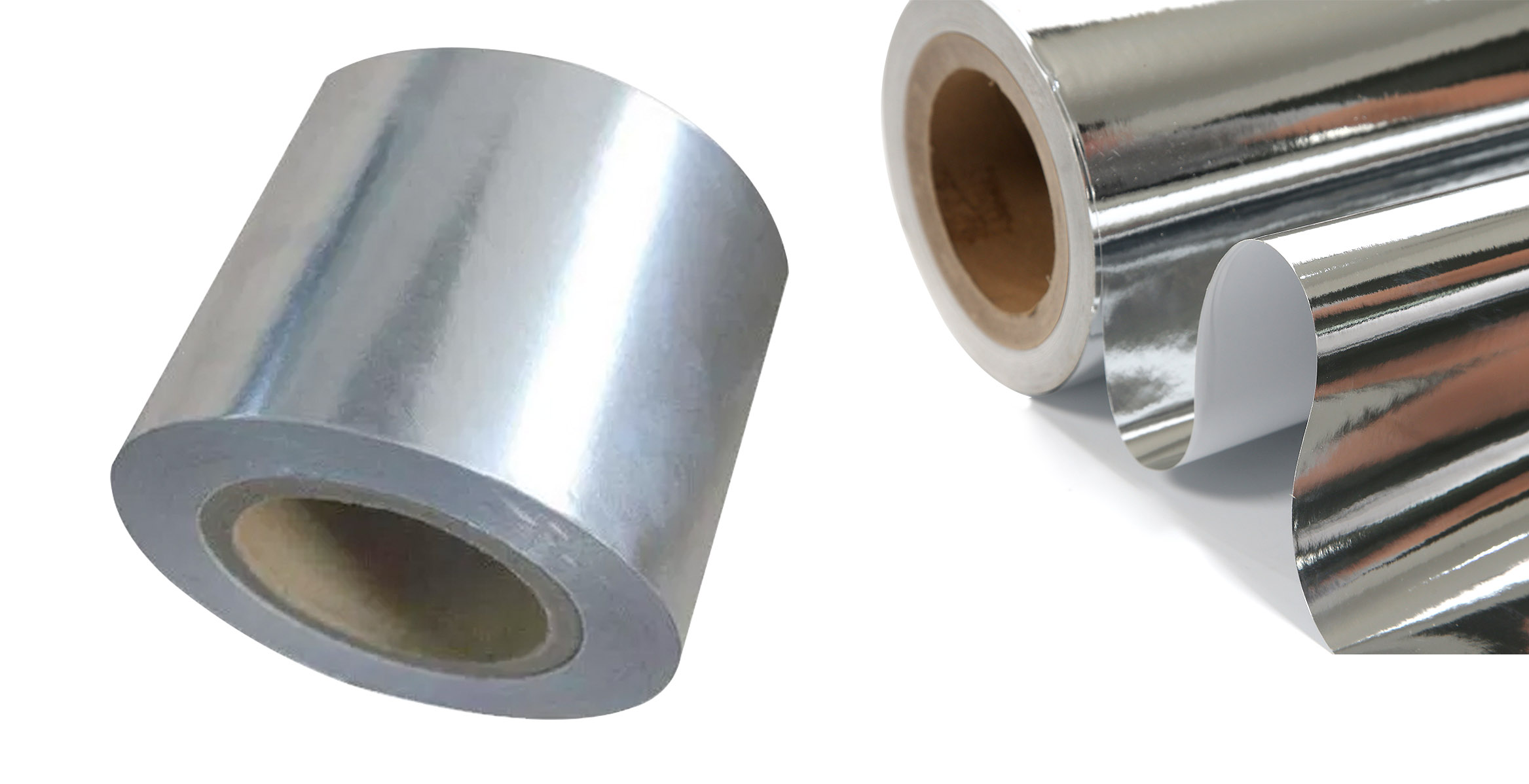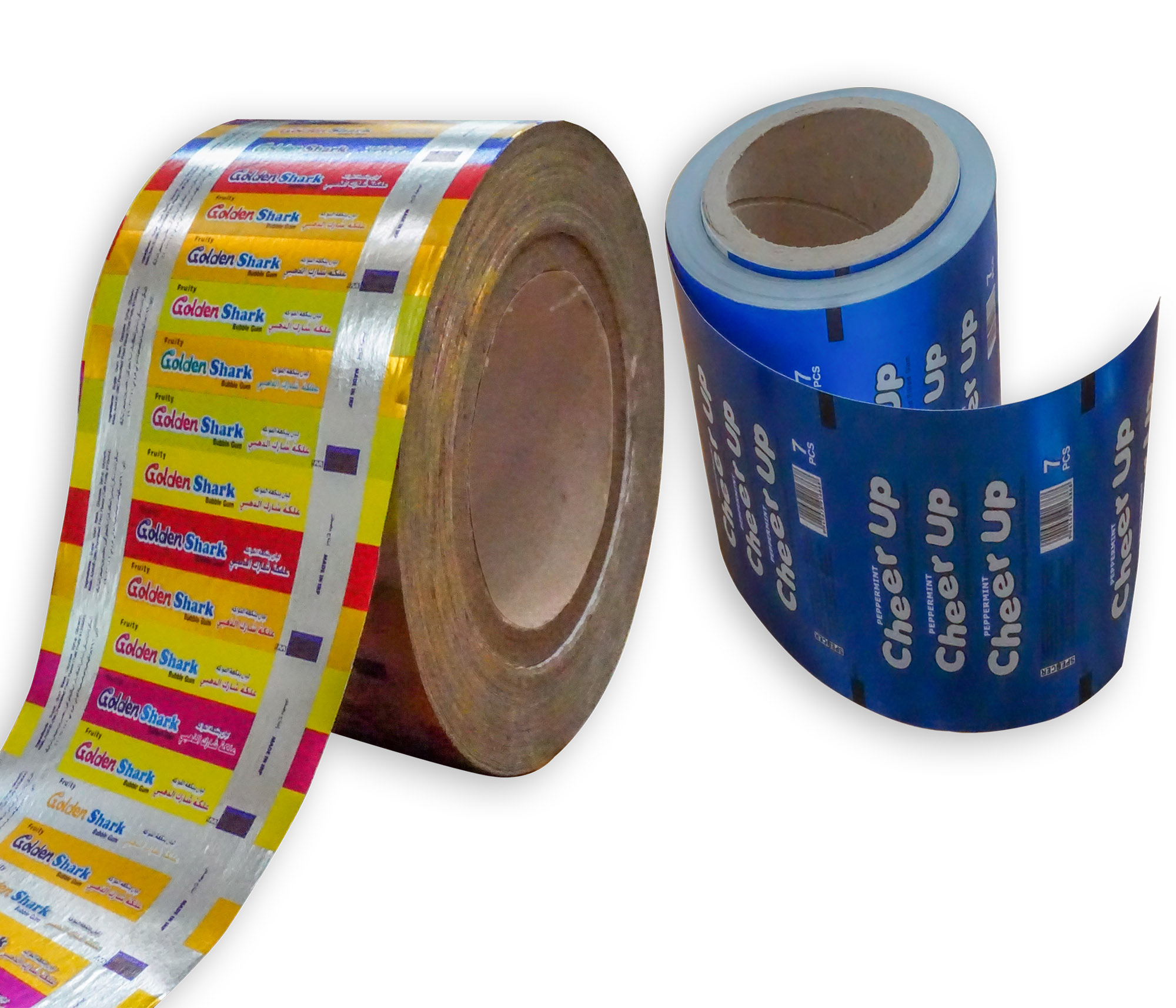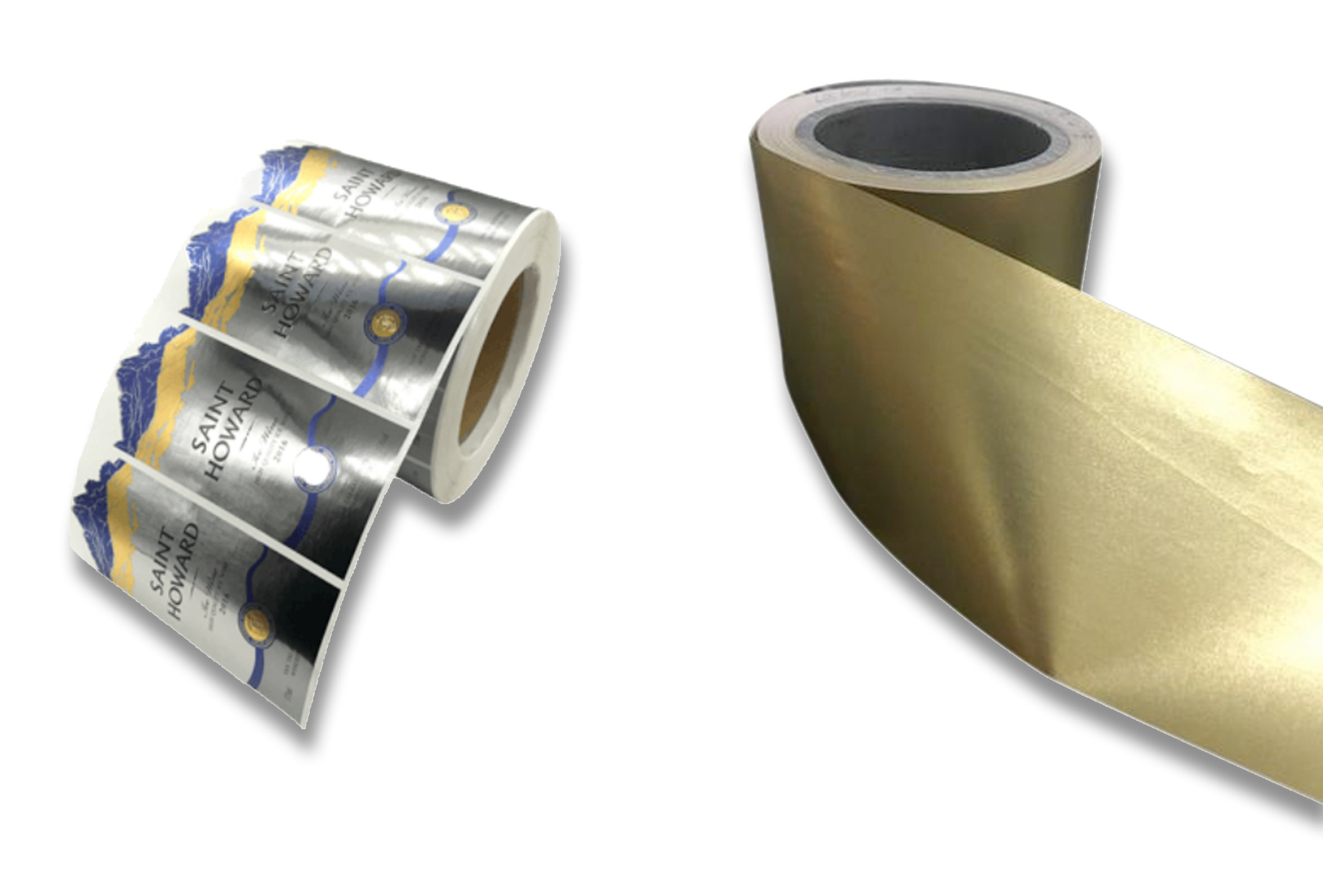METATEX Pvt. LTD

METALLIZED PAPER
Metallized paper refers to paper products that have been coated or laminated with a thin layer of metal, typically aluminum. This process results in a paper product that has improved properties such as increased durability, water resistance, and aesthetic appeal.
The metallization process involves several steps. First, the paper is coated with a layer of adhesive material, typically a resin or polyethylene. This layer acts as a bonding agent between the paper and the metal layer. The metal layer is then applied to the paper through a vacuum deposition process. During this process, aluminum is heated until it becomes vaporized and is then deposited onto the paper surface. The metal layer is typically only a few microns thick, but it is enough to provide the desired properties.

PROPERTIES:
- Metallized paper has a wide range of applications. One of the most common uses is in packaging. Metallized paper is often used as a packaging material for products that require a barrier against moisture and oxygen, such as food, pharmaceuticals, and cosmetics. The metal layer helps to create a barrier that prevents the ingress of moisture and oxygen, which can degrade the quality of the product inside.
- In addition to its barrier properties, metallized paper is also highly reflective, which makes it an attractive option for packaging applications. The reflective surface can help to enhance the visual appeal of the product and make it stand out on store shelves. Metallized paper is often used for packaging high-end products, such as luxury chocolates, wine, and spirits.
- Metallized paper is also used in other applications, such as printing and labeling. The reflective surface of metallized paper makes it an ideal substrate for printing high-quality images and graphics. The metallic finish can help to create a sense of luxury and elegance, which is often desirable for high-end products.
- Another advantage of metallized paper is its environmental friendliness. Paper is a renewable resource, and metallized paper is fully recyclable. This means that it can be reused and repurposed, reducing waste and conserving resources.
- There are several different types of metallized paper, each with its unique properties and advantages. For example, some metallized papers are designed to be heat-sealable, which is ideal for packaging applications. Other metallized papers are designed to be tear-resistant, making them suitable for products that require a durable and strong packaging material.

CONCLUSION:
In conclusion, metallized paper is a versatile and widely used material that offers many advantages for packaging, printing, and labeling applications. Its barrier properties, reflective surface, and environmental friendliness make it an attractive option for a wide range of products. With advancements in technology, the use of metallized paper is likely to continue to grow in the future.


